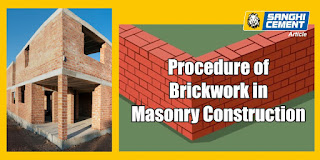Wearable Technology in Construction Industry

Wearables are the devices designed to collect and deliver data about the worker’s environment, activities and biometric conditions. This can be put in worker’s body, clothing or personal protective equipment. Some wearable improves comfort whereas others improve safety. These technology in construction is increasing on the job site. By using this technology accidents can be avoided. Some wearable devices are explained in this blog. Smart Cap This construction wearable uses brain waves to monitor fatigue. When workers are fitted with a Smart Cap hat or hard hat, it measures their fatigue to prevent micro-sleeps. If a worker starts to go to sleep it sends alerts through vibrations and noise to let the wearer know they should stop what they’re doing. This will keep workers alert on the job site. And it gives supervisors the ability to know if someone is falling asleep. This way they can get them to a safer place to wake up so no accidents occur. Smart Glasses Smar...



